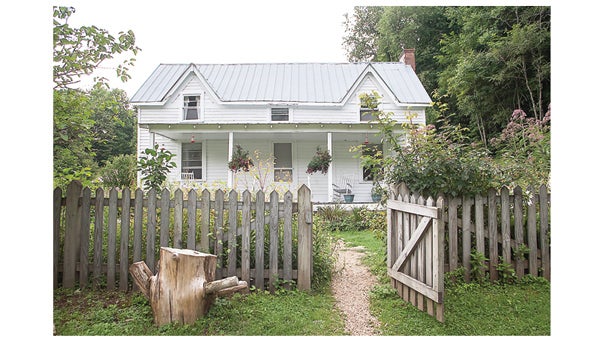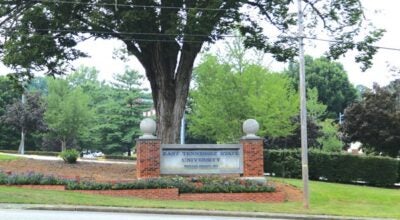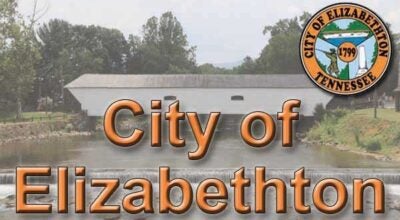National listing another tool for park to bring Miller Farmstead’s past to life
Published 9:26 am Wednesday, August 20, 2014

Photo by Brandon Hicks
Roan Mountain State Park’s Miller Farmstead, recently added to the National Register of Historic Places, was first settled in 1870. The house that still stands at the site was built in 1908 by Dave miller and his son Nathaniel Miller.
A local treasure has garnered some national recognition.
And that recognition could bring some tangible benefits.
The Dave Miller Farmstead, part of Roan Mountain State Park, was named to the National Register of Historic Places earlier this month.
Ranger Jacob Young, who is the park manager at Roan Mountain State Park, said the history of the farm is what makes it a special site.
“We have a lot of city folk that come to the park that have never seen a farmhouse,” Young said, adding that sometimes even those who have grown up around farms take for granted the historical significance of places like farmsteads. “There are fewer and fewer of those types of places left. We don’t want to see that way of life disappear.”
Young said the state park’s goal is to not only preserve the site, but to use the farmstead and its history to educate visitors about what life was like during the late 1800s and early 1900s.
“We want them to learn a little bit about the culture and history of the area,” he said. “It’s a great place to do programs and take the kids and sort of step them back in time.”
The Miller Farmstead is open Wednesday through Sunday from Memorial Day through Labor Day and then on weekends in October. Young said the park tries to host programs at the farmstead every weekend. Additionally, he said, local historian Beth Ann Jarrett – who married into the descendants of the Miller family – is at the farmstead most days it is open to share the history of the family and the farm.
In addition to the history of the farm itself, the park sponsors programs featuring local artisans and crafters demonstrating skills such as flint knapping, blacksmithing, basket weaving, carpentry, farrier work and a variety of other skills and trades that were necessary for life around the turn of the century but are no longer commonplace.
“We notice as the years go on we are finding it harder and harder to find people with those skills,” Young said, adding he fears those skills, like many of the old farmsteads, will fade away.
Young said the park is excited about the farmstead being included in the National Register. “It was an honor when the state added us to its registry but this is an even higher honor,” he said, adding the inclusion will also help the park maintain the farmstead. “This opens up some grants to us to help with things at the farmstead like painting and roofing and other things we need.”
The National Register of Historic Places is the nation’s official list of cultural resources which have been found worthy of preservation. It is part of a nationwide program that coordinates and supports efforts to identify, evaluate and protect historic resources. The Tennessee Historical Commission, as the State Historic Preservation Office, administers the program in Tennessee.
“The National Register is an honorary recognition for time-honored places that enrich our communities and make them unique,” said Patrick McIntyre, State Historic Preservation Officer and executive director of the Tennessee Historical Commission. “We hope this recognition helps generate and reinforce an appreciation for these special properties, so they can be retained for present and future generations of Tennesseeans.”
In the application for inclusion on the National Register, a history of the farm and the family who founded it was included.
The farmstead was first settled by Dave and Louisa Miller and their family in 1870. The farmhouse which currently stands on the site was built by Dave Miller and his son Nathaniel (Nat) Miller in 1908.
“They had a mule-powered, portable sawmill brought to the farmstead site and using the property’s woodlands built the house themselves,” the application states. “There was never, nor is to this day, electricity at the Miller Farmstead.”
“The last time the house was inhabited was in 1967,” the application continues. “The farmstead is now used as an interpretive site by the Roan Mountain State Park to educate visitors on the lifestyles of the people of this area of the Appalachian Mountains.”





